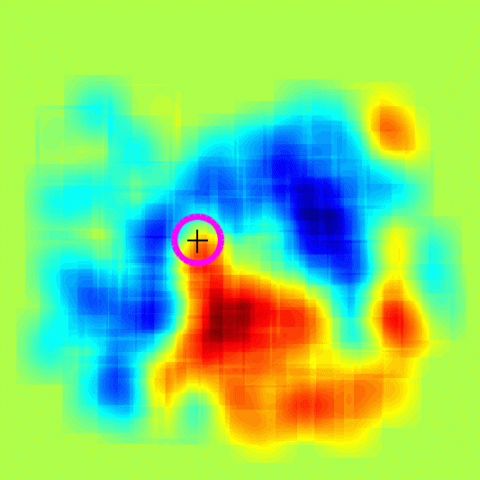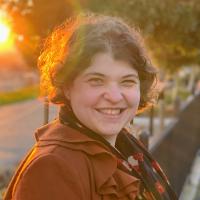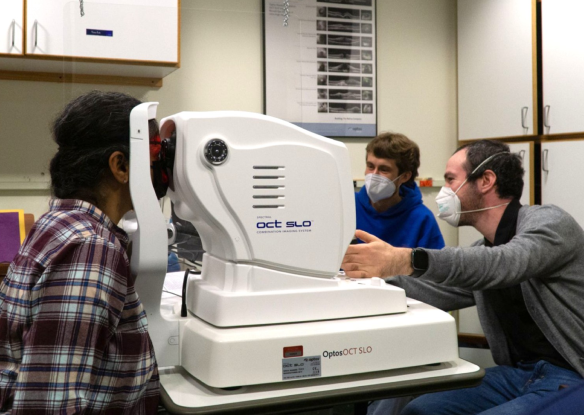

- Principal Investigator:
- Natela Shanidze

- Principal Investigator:
- Preeti Verghese
This project investigates the properties of smooth pursuit eye movements in individuals with macular degeneration. Commonly believed to be a fovea-linked eye movement, smooth pursuit has not been previously investigated in individuals with central field loss, despite its importance for tracking moving objects, such as vehicles or pedestrians on a busy street. Patients with central field loss are typically unaware of the size and location of their scotoma, so it is particularly interesting to examine how they acquire and follow a moving target in the absence of foveal vision. Because the properties of the patients’ binocular vision are further complicated by the discrepant sizes and locations of the scotomas in the two eyes, we are looking at patient performance during both binocular and monocular pursuit.

